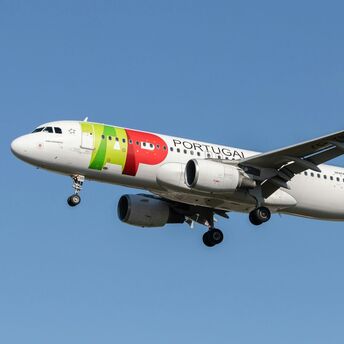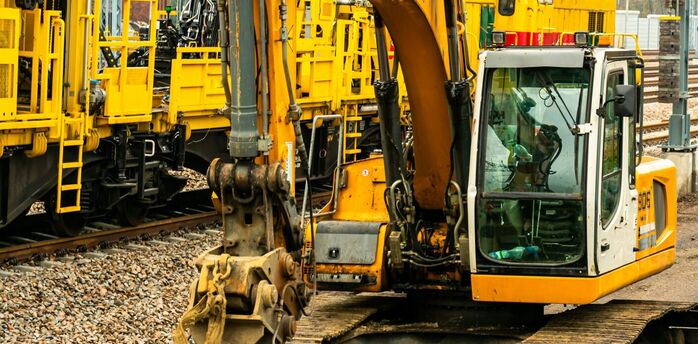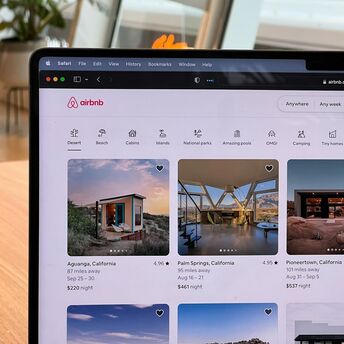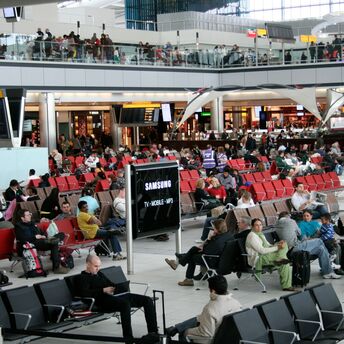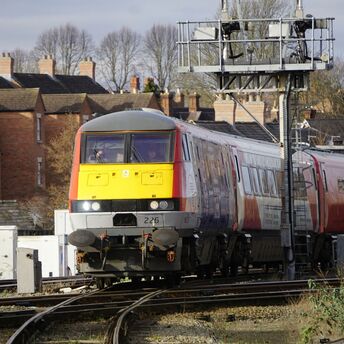Mobile Signal Returns to Key Train Routes
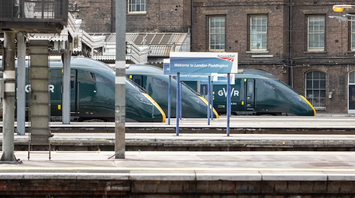
From 2026, mobile signal coverage on Britain’s railways is expected to improve under a new infrastructure project. Network Rail, in partnership with Neos Networks and Freshwave, plans to install fibre optic cables along over 1,000 kilometres of key routes and introduce mobile connectivity in 57 tunnels and 12 major stations. The work will concentrate on some of the country’s busiest and most travelled rail lines, stretching across the East and West Coasts, through the Chiltern region and into the Great Western corridor.
Several locations and stations have been identified for initial upgrades, particularly those where poor signal coverage has been a recurring issue for passengers. These include:
- Chipping Sodbury Tunnel near Bristol
- Gasworks Tunnel and Copenhagen Tunnel near King’s Cross
- Paddington Station in London
- Manchester Piccadilly Station
- Edinburgh Waverley Station
The improvements are focused on areas with high passenger volumes, where mobile access is often limited or unavailable. The planned work is expected to support more consistent signal availability in places where travellers typically depend on online tools for journey information and communication.
Improved mobile access at stations will make it easier for passengers to retrieve booking information, follow live platform changes and stay in touch during delays. Signal availability in tunnels will allow uninterrupted access to online services between stops. This is particularly useful for those who rely on journey planning apps or need to arrange onward transport while in transit.
Network Rail confirmed that the new fibre infrastructure will support monitoring systems such as trackside sensors and CCTV. Train schedules are staying the same for now, but with better data coming in, rail crews might have an easier time figuring out when and where to carry out maintenance in the future. The rollout is planned to start in 2026 and will gradually expand over the following years as construction progresses.
Passengers using upgraded routes will notice stronger signal coverage at selected points, including inside long tunnels and at major interchange stations. The changes will apply to specific corridors, mostly serving intercity connections between major cities. The timing of completion will depend on the progress of construction and coordination between the involved partners.








